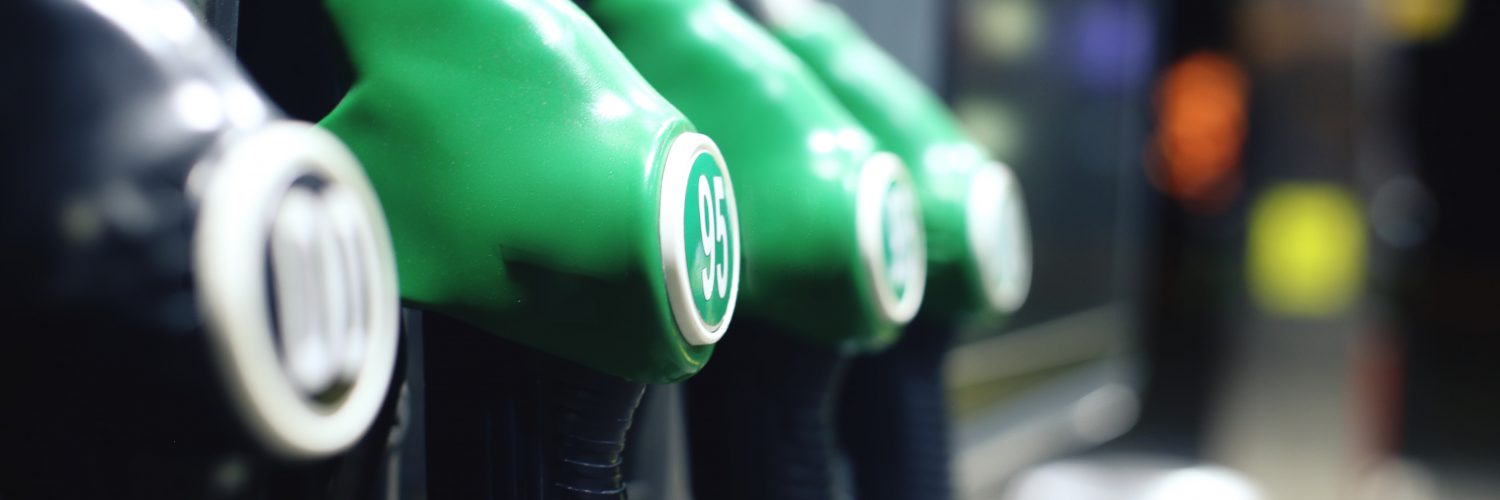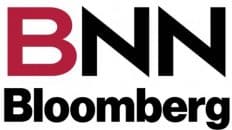Is that a wake up call we are all hearing, or a fire alarm?
Many a consumer is asking why gasoline and diesel prices are heading for the stratosphere when we are seemingly beating down these viruses.
The time worn answer lies in the timing of supply and demand, not of refined products, but crude, and who supplies it. How has the price of WTI almost doubled since the start of the year now hovering at $75/bbl?
April of 2020 marked the start of the pandemic, which had a dramatic effect on demand for the entire family of petroleum products, as crude oil consuming nations began to go into lockdown mode.
The world in general, and the U.S. in particular, became awash in crude and its price plummeted.
OPEC knee-jerked and cut production in order to lower inventories and thereby increase crude prices.
In the fourth quarter of 2020, it became apparent that the vaccine rollouts and vaccination rates were beginning to slow down the spread of the virus. U.S. crude inventories also began to fall below the 5-year average supporting higher prices. Refinery runs also slowed because the consumer was still locked at home. At the start of 2021, consumer optimism began to stir as they began to get back to work, back on the road, and back in the air.
Despite the apparent increase in demand for crude and its refined derivatives, crude supply remained constricted. This is still the case and so crude prices have edged up to the current levels, and by default so have gasoline and diesel prices that have reached their highest levels in seven years.
What has not changed is that OPEC still calls the shots. Well, let’s just say that the Saudis call the shots — much to the annoyance of some other members of the Cartelian community who want to increase their production levels to take advantage of the higher crude prices. The Saudis want to go in the other direction and maintain the lower production to ensure that higher supply won’t crater crude prices once again.
On the other hand, they don’t want crude prices so high that they encourage the U.S. shale oil industry to come out of its financial hibernation, which could thereafter erode OPEC market share.
Now another player is knocking on the Saudi door in the person of the newly minted U.S. president Joe Biden who sees the higher pump prices as a stop light on his political future. He wants the Saudis to increase production by increasing OPEC quotas so that US crude oil inventories increase. Pump prices and all fossil fuel prices can then come down so as not to upset the economic recovery apple cart.
This, of course, assumes that the recovery is sustainable, and the only impediment is the high price of all fossil fuels.
This also assumes that this virus is conquered, which with the emerging Delta variant, may or may not be premature.
So, where will prices go?
If no more variants emerge, then demand will increase, and the Saudis will be arm-twisted to increase production to stabilize, if not lower crude prices.
If another COVID-19 variant comes out of its cocoon, then the consumer and the economy will go back to bed and hit the snooze button once again.
– Roger McKnight – B.Sc., Senior Petroleum Analyst








Add comment